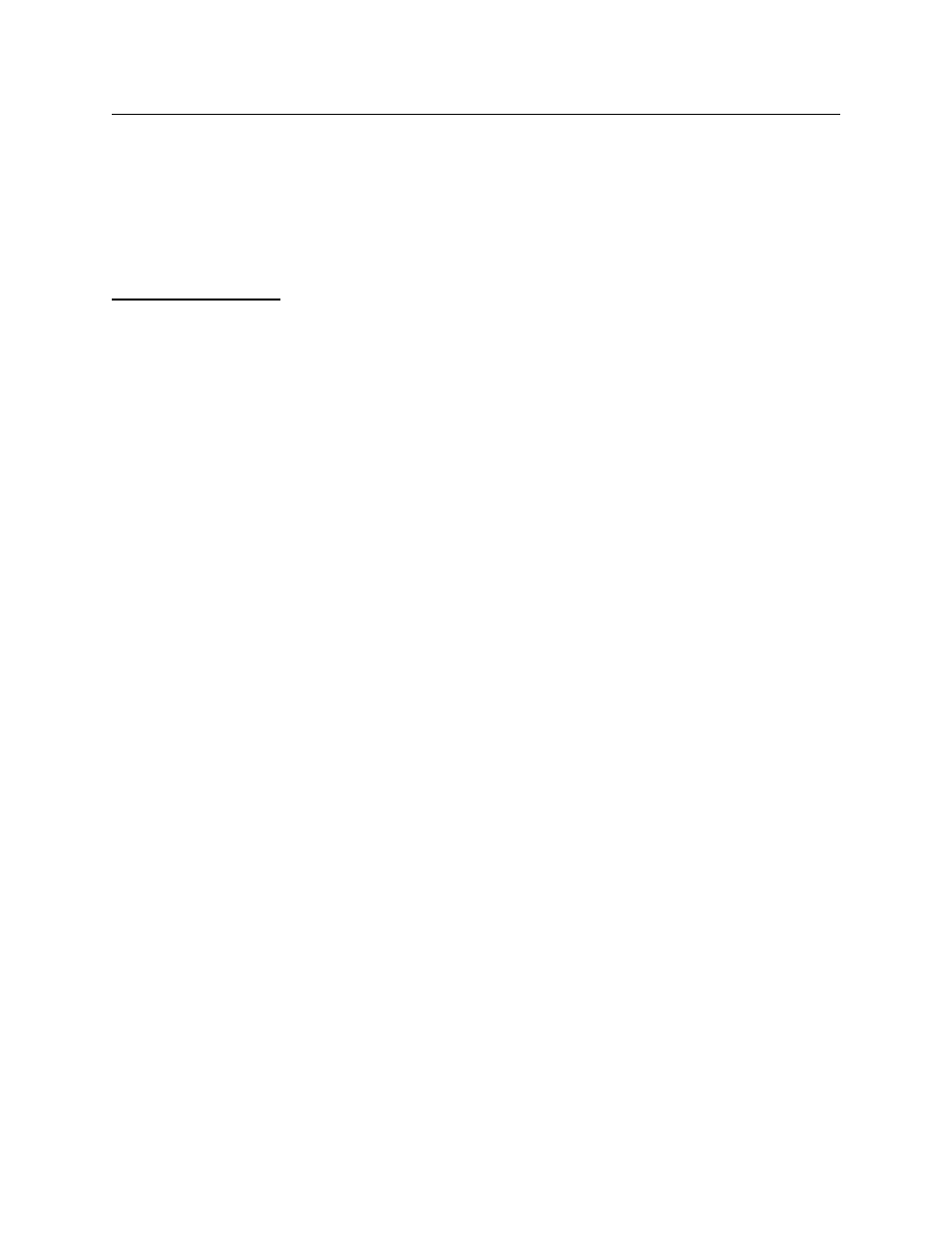Configuration problems, T1 line coding and density enforcement, Configuration problems -7 – Verilink AS2000: The Basics (880-502981-001) Product Manual User Manual
Page 73: T1 line coding and density enforcement -7, Ami coding and pulse stuffing -7 b8zs coding -7

Monitoring and Troubleshooting
Verilink Access System 2000: The Basics
5-7
Configuration Problems
If configuration is suspect, be sure to match line framing, line
coding, and density enforcement at the network ports. Both ends of
the circuit should match the actual circuit. All Verilink E1 network
ports support HDB3 line coding, so matching the coding is not
usually an issue.
T1 Line Coding
and Density
Enforcement
The T1 CSU application modules (NCC, SCC, Dual CSU, TAC)
support the following line coding and minimum ones-density
enforcement options. These options ensure proper data
transmission over the T1 network.
•
AMI (equipment) to AMI (network)
•
AMI (equipment) to B8ZS (network)
•
B8ZS (equipment) to AMI (network)
•
B8ZS (equipment) to B8ZS (network)
AMI Coding and
Pulse Stuffing
T1 transmission networks are designed to transmit Alternate Mark
Inversion-coded (AMI) signals. In AMI coding, successive ones
pulses have alternating positive and negative polarities, and
intervening zeros have no pulses. Some network elements (line
repeaters) can tolerate only a limited number of consecutive zeros.
Verilink’s CSUs adhere to AT&T Publication 62411, ANSI T1.403,
and FCC Part 68.
When the CSU is configured for this density enforcement mode, it
maintains a minimum pulse density according to this formula. It
restricts the maximum number of consecutive zeros on the line by
stuffing ones into the signal after an optional number of zeros are
sent. Whenever the CSU stuffs a one into the outgoing signal to the
network, it records the occurrence as a equipment low-density
error (DTED) for operator performance data retrieval. This
condition is also sent to the far end as a CRC-6 error if ESF framing
is used on the network.
B8ZS Coding
Pulse stuffing is acceptable on signals from analog sources such as
an analog or digital switch, or PBX. Pulse stuffing can be
unacceptable on signals from digital sources (data terminals)
because it will degrade the transmitted data. To prevent signal
degradation, use Bipolar 8-Bit Zero Substitution (B8ZS) coding
instead of AMI, when available from your NSP. Before using B8ZS
coding, be sure to order a B8ZS circuit from the carrier provider.